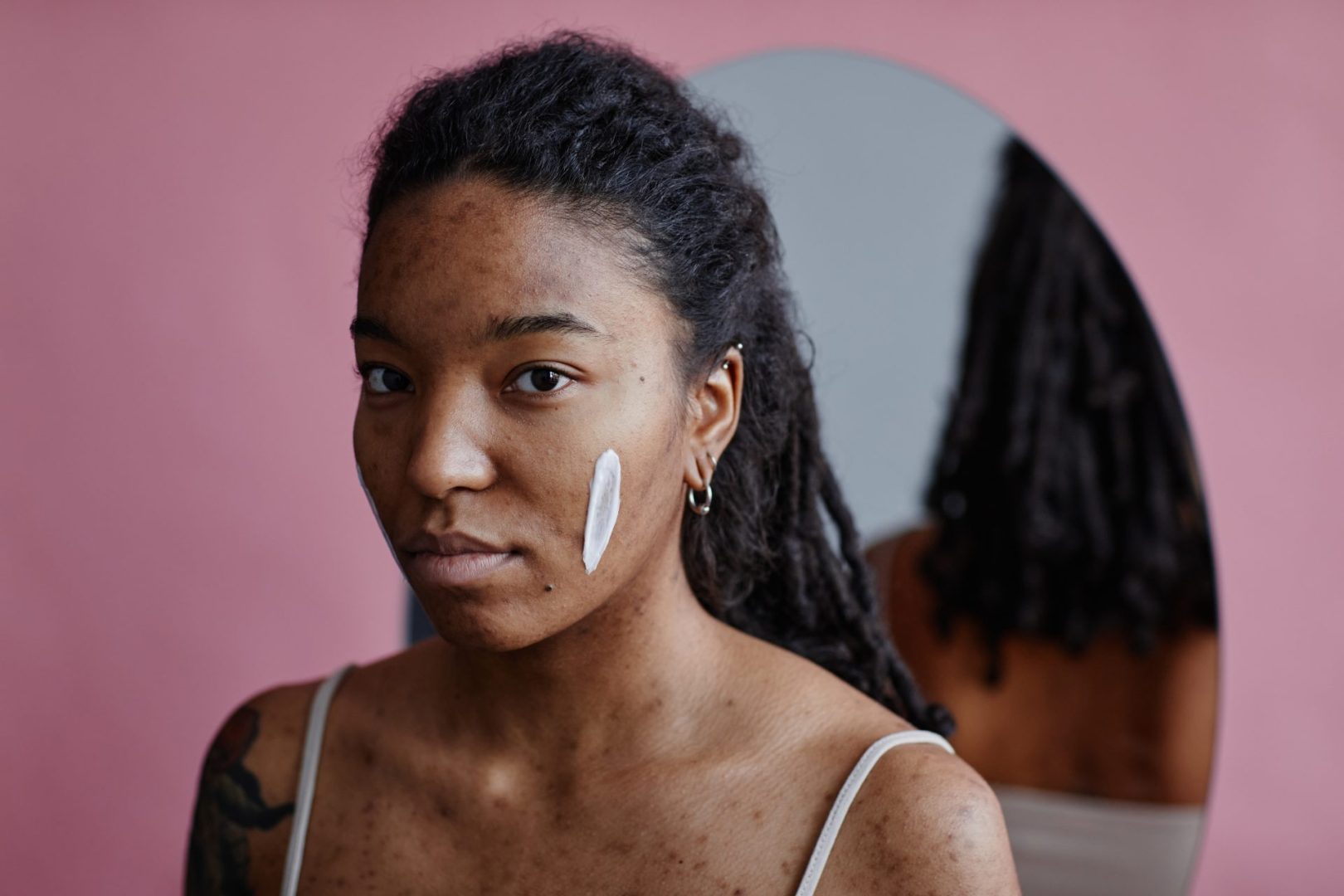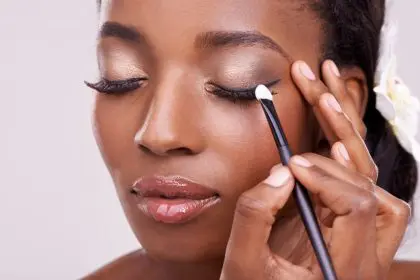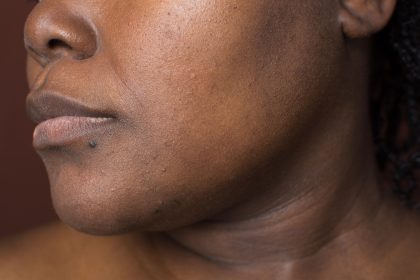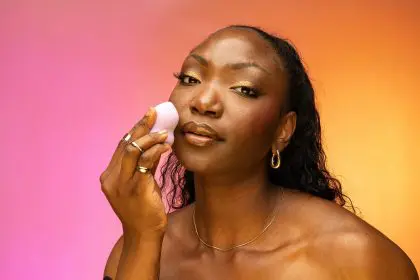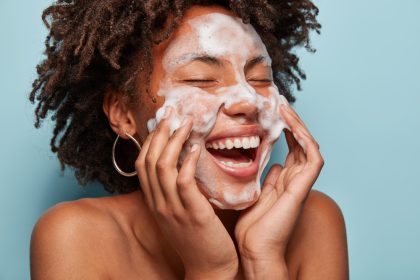The quest for clear skin often becomes a frustrating journey filled with products that promise results but deliver disappointment. While acne treatments have advanced significantly in recent years, many people find themselves stuck in an endless cycle of trying new solutions without seeing meaningful improvement. The culprit might not be the treatments themselves, but rather the subtle mistakes that undermine their effectiveness.
Understanding why acne treatments fail requires looking beyond the obvious factors like product quality or ingredient strength. The most damaging mistakes often happen in the daily habits and application methods that seem insignificant but create barriers to success. These missteps can turn even the most potent treatments into ineffective routines that waste time and money while prolonging skin concerns.
1. Overwhelming skin with too many active ingredients
The modern skincare landscape offers an abundance of powerful active ingredients, from retinoids and salicylic acid to benzoyl peroxide and alpha hydroxy acids. The temptation to combine multiple actives in pursuit of faster results often backfires spectacularly. When skin becomes overwhelmed by too many potent ingredients applied simultaneously, it responds with increased irritation, dryness, and paradoxically, more acne.
This overenthusiastic approach disrupts the skin barrier, leading to increased sensitivity and inflammation. The compromised barrier allows bacteria to penetrate more easily while preventing healing ingredients from working effectively. Instead of accelerating improvement, this mistake creates a cycle where skin becomes more reactive and treatments become less tolerable.
The solution involves introducing active ingredients gradually, allowing skin to build tolerance over time. Starting with one primary active ingredient and establishing a stable routine before adding others prevents overwhelming the skin’s natural repair mechanisms. This patient approach ultimately delivers better long-term results than aggressive multi-active regimens.
2. Applying treatments to damp or wet skin
Water might seem harmless, but applying acne treatments to damp skin can significantly amplify their potency in problematic ways. When skin is wet, it becomes more permeable, allowing active ingredients to penetrate deeper and faster than intended. This increased absorption often leads to excessive irritation, burning sensations, and peeling that forces people to discontinue effective treatments prematurely.
Many people make this mistake after cleansing, rushing to apply treatments while their face is still moist from washing or toning. The water acts as a penetration enhancer, turning appropriately dosed treatments into overly aggressive applications that damage the skin barrier rather than healing acne.
Waiting for skin to completely dry before applying treatments ensures ingredients work as formulated. This simple timing adjustment prevents unnecessary irritation while maintaining treatment effectiveness. The few extra minutes spent allowing skin to air dry can mean the difference between successful treatment and abandoning products due to adverse reactions.
3. Using the wrong cleanser for your treatment routine
Cleansing forms the foundation of any effective acne treatment routine, yet many people choose cleansers that work against their treatments rather than supporting them. Harsh, stripping cleansers that leave skin feeling tight and squeaky clean can compromise the skin barrier, making treatments more irritating and less effective.
Conversely, overly gentle or moisturizing cleansers might not adequately remove the buildup of oils, dead skin cells, and environmental pollutants that contribute to acne formation. When pores remain clogged with debris, even the most advanced treatments cannot penetrate effectively to address the underlying causes of breakouts.
The ideal cleanser for acne-prone skin removes impurities without disrupting the skin’s natural protective barrier. Look for formulas that clean thoroughly while maintaining skin’s pH balance and moisture levels. This balanced approach creates the optimal environment for acne treatments to work effectively without causing additional irritation or dryness.
4. Inconsistent application timing and frequency
Consistency in timing and frequency plays a crucial role in acne treatment success that many people underestimate. Applying treatments sporadically or at varying times disrupts the steady concentration of active ingredients needed to combat acne-causing bacteria and prevent new breakouts from forming.
Some people apply treatments only when they remember or when breakouts appear particularly bothersome. This reactive approach prevents treatments from building up the consistent therapeutic levels needed to address acne at its source. Others alternate between using treatments daily and skipping several days, creating an inconsistent environment that allows acne to resurge.
Establishing a regular routine with specific timing helps maintain optimal ingredient levels in the skin. Whether applying treatments once or twice daily, keeping to the same schedule allows active ingredients to work synergistically over time. This consistency proves more effective than sporadic intensive applications followed by periods of neglect.
5. Neglecting the skin barrier while treating acne
The focus on eliminating acne often leads to neglecting the skin barrier’s health, creating a counterproductive cycle that perpetuates skin problems. When treatments strip away natural oils and protective elements without adequate barrier support, skin responds by producing more oil to compensate, potentially worsening acne in the long term.
A compromised skin barrier also allows irritants and bacteria to penetrate more easily while preventing beneficial ingredients from working optimally. This creates an environment where acne treatments become less effective while skin becomes more reactive and sensitive to additional products.
Supporting barrier health alongside acne treatment requires incorporating gentle, barrier-repairing ingredients into the routine. Ceramides, niacinamide, and appropriate moisturizers help maintain skin integrity while allowing acne treatments to work effectively. This balanced approach prevents the cycle of over-treatment and subsequent skin damage.
6. Applying treatments to dirty or contaminated skin
Environmental pollutants, makeup residue, and daily grime create a barrier on skin that prevents acne treatments from reaching their intended targets. When treatments are applied over this layer of contamination, their effectiveness diminishes significantly as active ingredients cannot penetrate to address acne-causing factors beneath the surface.
Many people believe that simply splashing water on their face or using makeup wipes provides adequate cleansing before treatment application. However, these superficial cleaning methods often leave behind residue that interferes with treatment absorption and effectiveness.
Proper cleansing before treatment application ensures maximum ingredient penetration and effectiveness. This means using an appropriate cleanser that removes all traces of makeup, sunscreen, and environmental pollutants while preparing skin to receive treatment ingredients optimally.
7. Expecting immediate results and giving up too soon
Perhaps the most damaging mistake involves unrealistic expectations about treatment timelines and giving up before treatments have adequate time to work. Acne treatment requires patience as skin cell turnover and bacterial reduction happen gradually over weeks and months rather than days.
Many people abandon effective treatments after a few weeks when they don’t see dramatic improvement, often switching to new products before giving current ones sufficient time to deliver results. This constant switching prevents any treatment from reaching its full potential while potentially introducing new irritants that complicate skin concerns.
Most acne treatments require 6-12 weeks to show significant improvement, with continued benefits developing over several months of consistent use. Understanding this timeline helps set realistic expectations and prevents premature abandonment of potentially effective treatments.
Creating lasting change for clearer skin
Avoiding these common mistakes requires a shift in approach from quick fixes to sustainable skincare practices. Success comes from understanding that effective acne treatment involves supporting overall skin health while addressing specific concerns through consistent, patient application of appropriate products.
The journey to clearer skin becomes more manageable when these foundational mistakes are eliminated. Rather than constantly searching for new miracle products, focusing on proper application techniques and realistic expectations allows current treatments to reach their full potential.
Building an effective routine takes time and patience, but avoiding these seven critical mistakes creates the optimal environment for acne treatments to succeed. Clear skin becomes an achievable goal when treatments are given the proper foundation and time needed to create lasting change.

